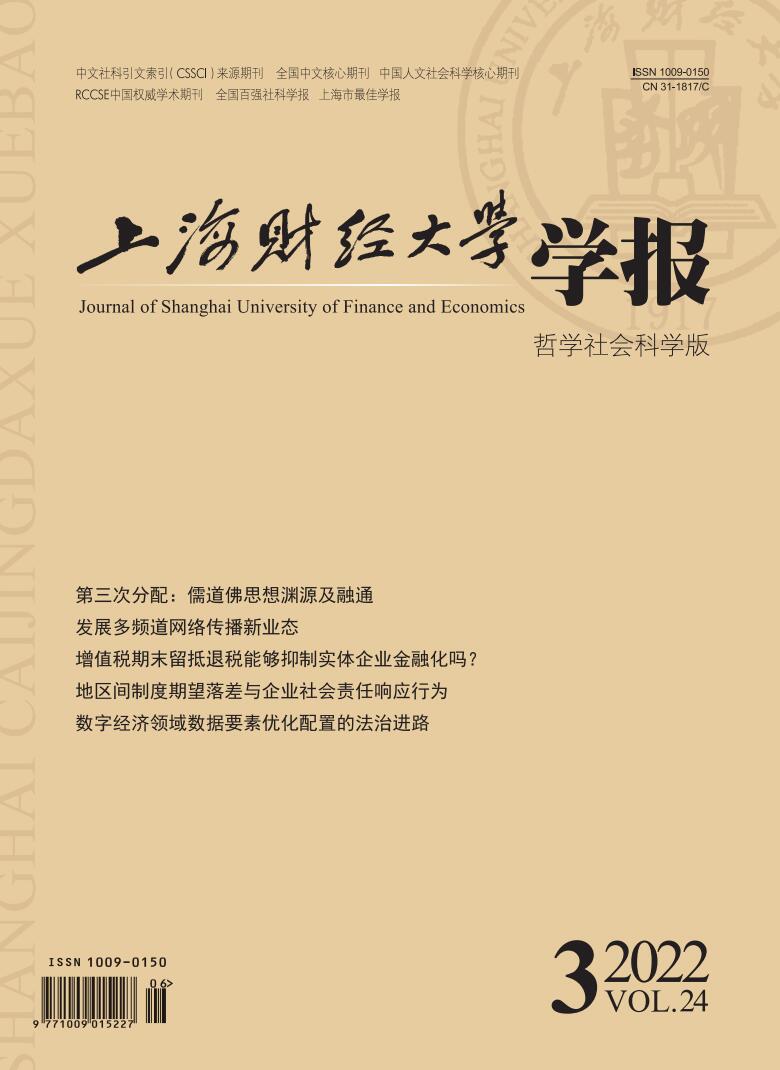Since the reform and opening up, Chinese firms, while enjoying the development dividends of market economy, also face the unique challenges of China’s institutional environment which has both the characteristics of “emerging economy” and “transitional economy”. Most of the existing literature discusses China’s institutional environment under the general background of being an emerging economy, ignoring the particularity of China’s regional institutional differences and disequilibrium, and focuses on the market strategy with a slight focus on non-market strategy. Therefore, it has become an important issue for the academia and practice to explore how Chinese firms effectively deal with the institutional differences and disequilibrium in China.
Based on the institutional theory and the behavioral theory of firms, this paper defines the gap between the actual institutional development level of the firm’s location and the institutional aspiration level of other firms’ locations in the same industry as regional institutional aspiration gap, and discusses the firm’s CSR response under the relative institutional gap. Using the data of Chinese listed companies from 2007 to 2020, this paper draws the following conclusions: The regional institutional aspiration gap promotes firms to increase CSR strategic response to reduce the impact of uncertainty, release positive reputation signal and build social networks to fill the relative institutional dilemma. The CSR level of leading peer firms and analysts’ attention will enhance managers’ motivation, thereby strengthening the positive relationship between institutional aspiration gap and CSR response. Resource endowment provides firms with more resources and capabilities, so that it strengthens the positive relationship between institutional aspiration gap and CSR response, while the performance aspiration gap plays the opposite role.
This paper has the following theoretical contributions: First, it broadens the research paradigm dominated by the absolute level of institutional development, provides a new theoretical perspective for understanding the institutional antecedents of strategic response, and enriches organizational management goals in the study of the behavioral theory of firms. Second, the comparison of regional institutional aspiration gap takes place in regions within a country, which expands the comparison reference group in the institutional distance research. Third, China is in a period of economic transition where non-market factors have a much more important impact on business success in China than in Western countries. Incorporating CSR as an important non-market strategy into the strategic response of institutional aspiration gap has a stronger theoretical and applied value. Fourth, it emphasizes that there exists special circumstances of institutional complexity, such as regional institutional differences and disequilibrium, the coexistence of market and non-market logics and so on under China’s institutional transformation environment.





 6306
6306  6316
6316

